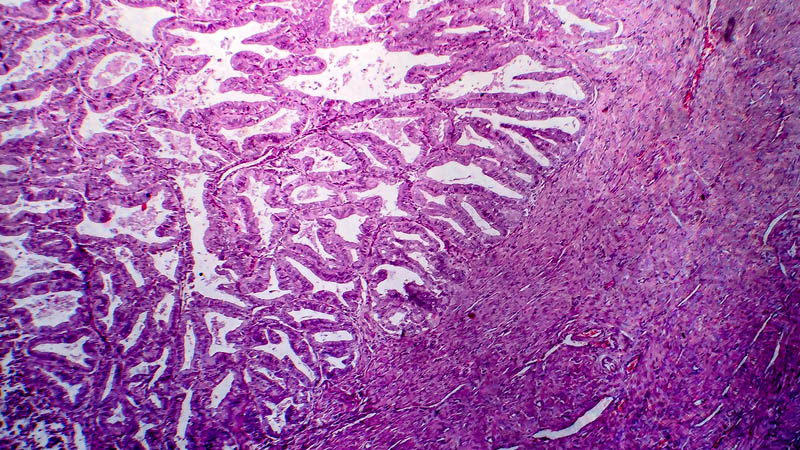Dyspareunia and algomenorrhea in women with endometriosis – clinical aspects of dienogest therapy
Grażyna Jarząbek-Bielecka1, Dariusz Radomski2, Małgorzata Mizgier3, Maciej Wilczak4,5, Magdalena Durda6, Maria Kaczmarek6, Michał Pawlaczyk1, Witold Kędzia1, Magdalena Pisarska-Krawczyk4,5
 Affiliacja i adres do korespondencji
Affiliacja i adres do korespondencjiIntroduction: Dyspareunia is defined as tenderness experienced during sexual intercourse without coexisting shrinkage of the vulva or vagina. Dyspareunia is a common sexual disorder in women and can be caused by endometriosis. Dienogest is an important medicine in the treatment of endometriosis. This study assesses the influence of the type of endometriosis (peritoneal vs. endometrioid cysts) on the prevalence of dyspareunia. Material: The examined group consisted of 28 women with endometrioid ovarian (chocolate) cysts without scattered foci of endometriosis, and 33 patients with peritoneal endometriosis. The control group included 60 women without gynecologic problems. Results: In women with endometriosis, dyspareunia was observed four times as frequently as in healthy women. Moreover, it was five times more frequent in women with peritoneal foci of endometriosis than in patients with endometrioid cysts. Conclusion: A diagnosis of dyspareunia should lead to evaluation for peritoneal endometriosis as a possible cause, given the significant relationship between these conditions. The association between peritoneal endometriosis and dyspareunia suggests that pain upon intercourse could stem from inflammatory mediators or adhesions connected with peritoneal endometriosis.









